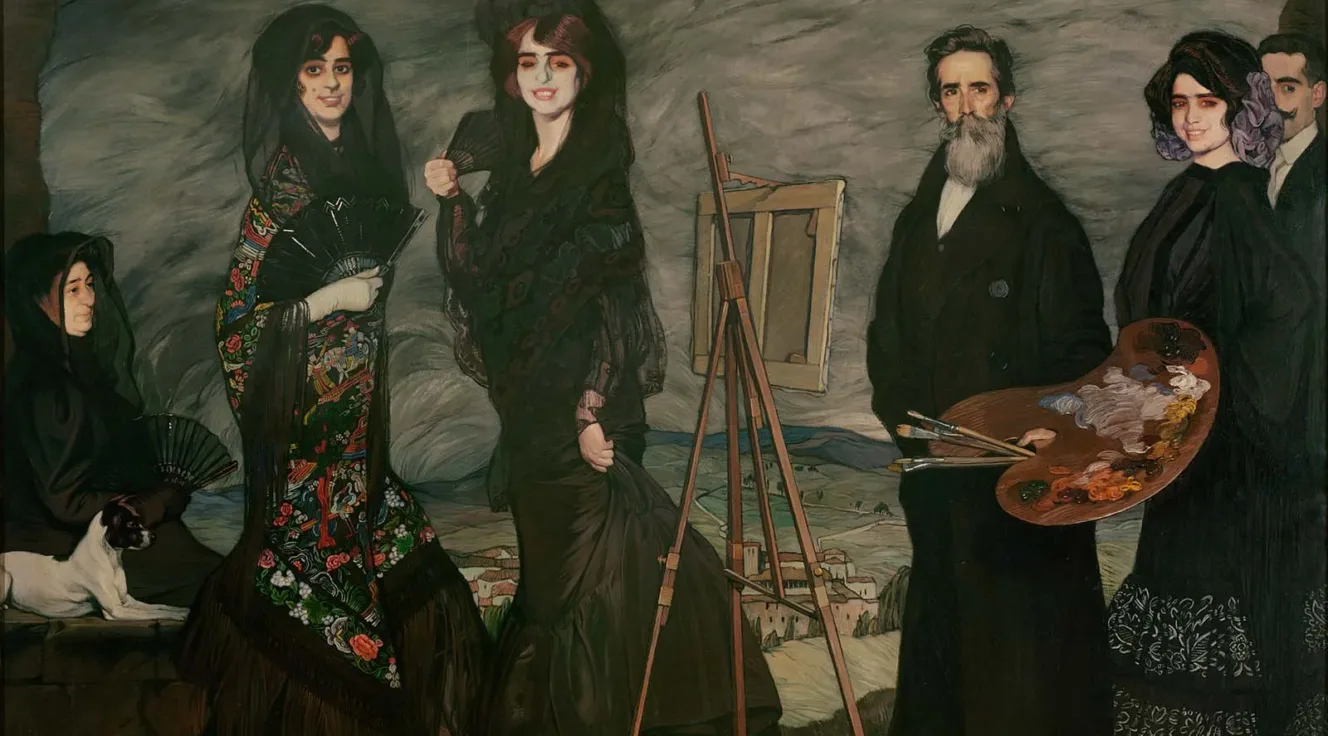Dissertation Abstract
This dissertation explores the formation of new gender-fluid masculine paradigms in Spanish visual culture from 1898 to 1936. It delves into the diverse constructions of gender and sexuality and their impact on the production of historical, national and sexual identities in the wake of Spain’s defeat and subsequent loss of its empire in the Spanish-American War of 1898. I argue that new masculine categories—namely the androgyne, the aesthete and the homosexual—emerged not only in marginalized and queer-dominated spaces, such as cabarets and specialized journals like La Esfera, but also in widely distributed illustrated novels and periodical illustration, and in the art of official painters. I analyze how Spanish mass culture disseminated these new masculine scripts in book illustrations, performer photographs, as well as photography featured in popular turn-of-the-century press. My research points to newer circuits of production evident in illustrated journals and erotic novels from the period that rupture the traditional art historical accounts of Spanish masculinity as heterosexual and grounded in Castilian values. I argue that the visual production of new masculine scripts ran parallel to and questioned the hegemony of the state-sanctioned heteronormative accounts of masculinity by introducing the alternative constructions of the national history and gender.
Keywords
Masculinity, Spain, drag, symbolism, Ignacio Zuloaga, visual culture
Access this dissertation via IDEALS
